Cabbage poultice
Cabbage is an anti-inflammatory, so it is a poultice that is good for joint pain and sprains.
We take a normal green cabbage. We undo our cabbage leaf, and we make sure to crush the groove well. This will allow the cabbage leaf to better coat the place where we put the poultice. We want about 3-4 layers and we heat our leaves in a bain-marie or in the oven (not cook, only heat) before applying them directly to the skin (test the temperature before applying). We hold in place using an elastic bandage.
We could combine our clay poultice from the last capsule with the cabbage poultice. In this case, do not heat the cabbage, and instead of putting the clay on a cloth, put it directly on the cabbage leaf and apply. The cabbage leaf will help keep the clay moist longer.
This poultice can also be used for breast engorgement. Again, warm it slightly before applying. The warmth and the properties of the cabbage will help provide relief.
Castor oil poultice (also called castor oil)
Castor oil is a plant native to India. The quality of the oil is important. We want a first cold pressing and a clear oil will penetrate more easily. Castor oil will "pull out" the bad guys, so it's particularly suitable for boils, anything with pus. Because it "pulls out", it's very important to wash once the poultice is finished.
Place 3 layers of flannel on a section of plastic wrap and soak the flannel in castor oil, which you have heated in a double boiler. Then apply the poultice directly to the skin and add more flannel to keep the heat in. You could even use a magic bag or a hot water bottle to help keep the heat in.
The poultice can be reused up to ten times. Simply add a little warm castor oil to each application.

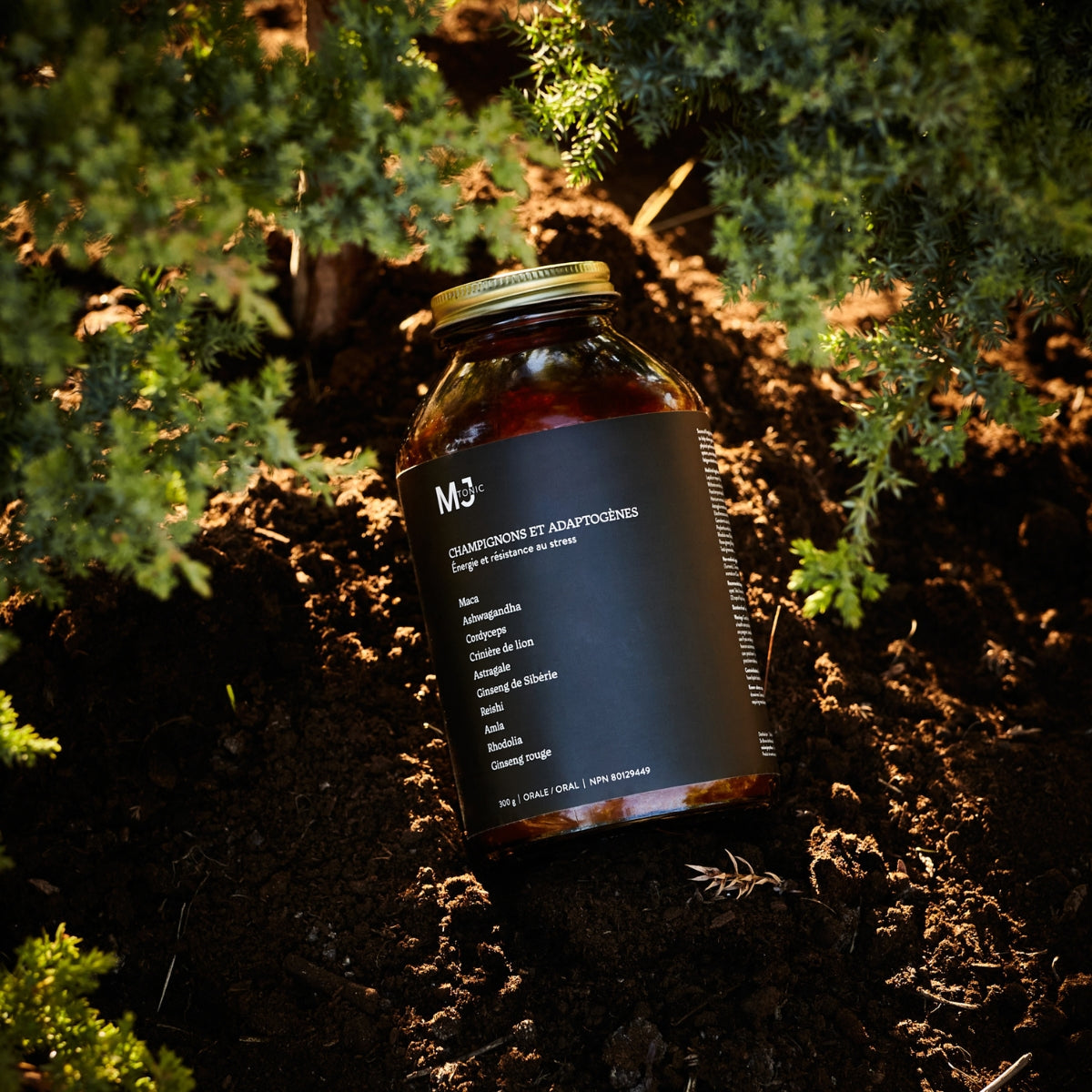

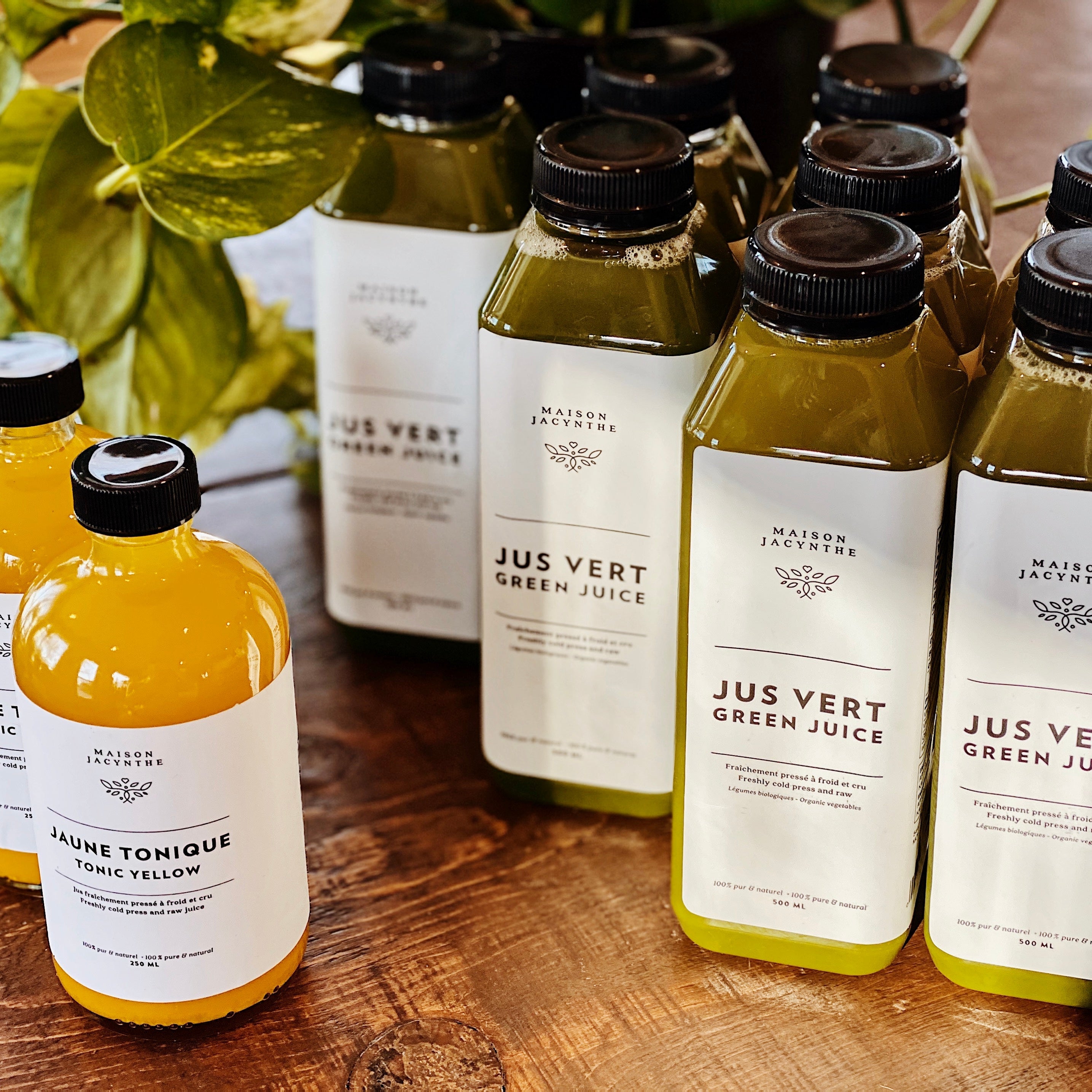


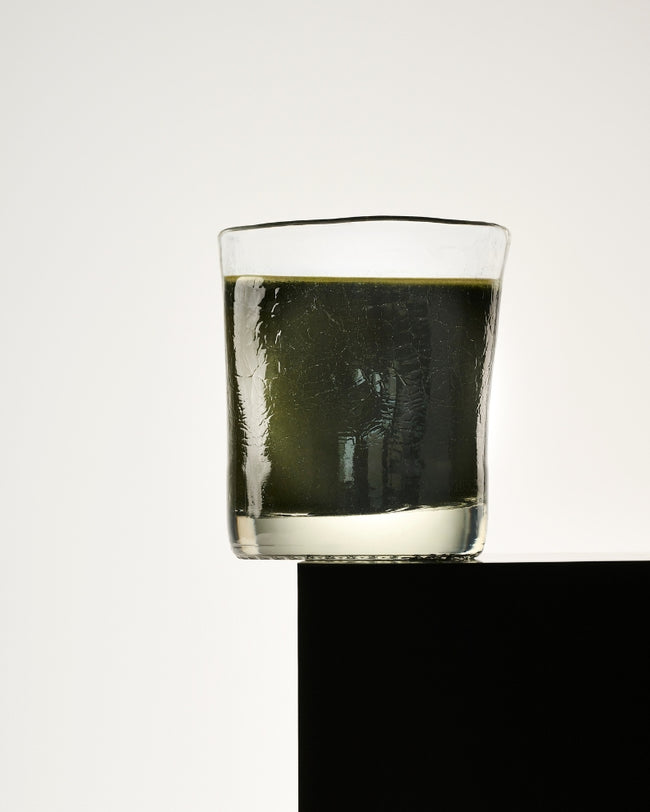
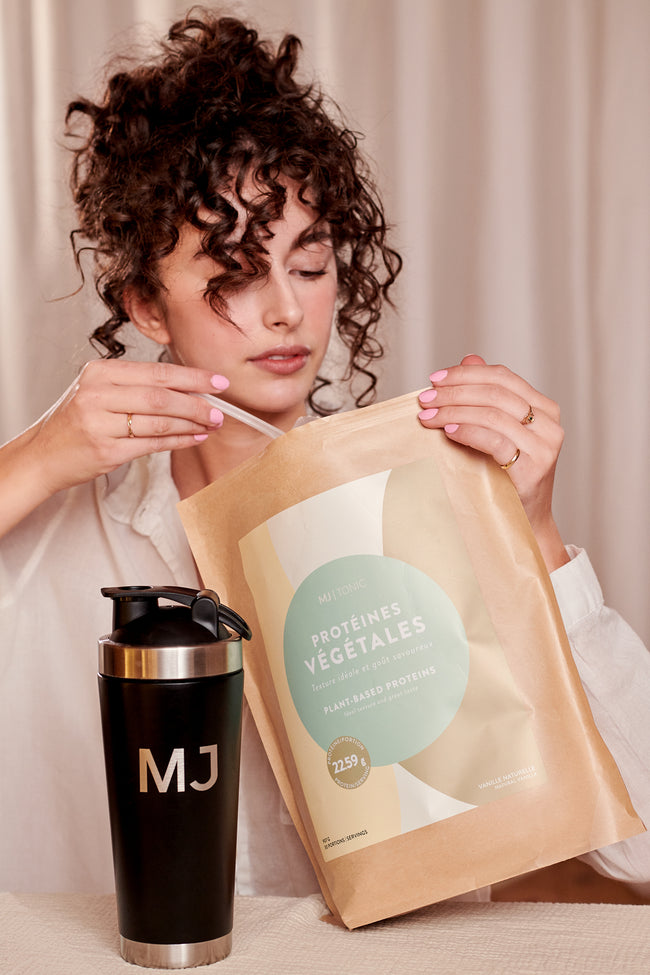
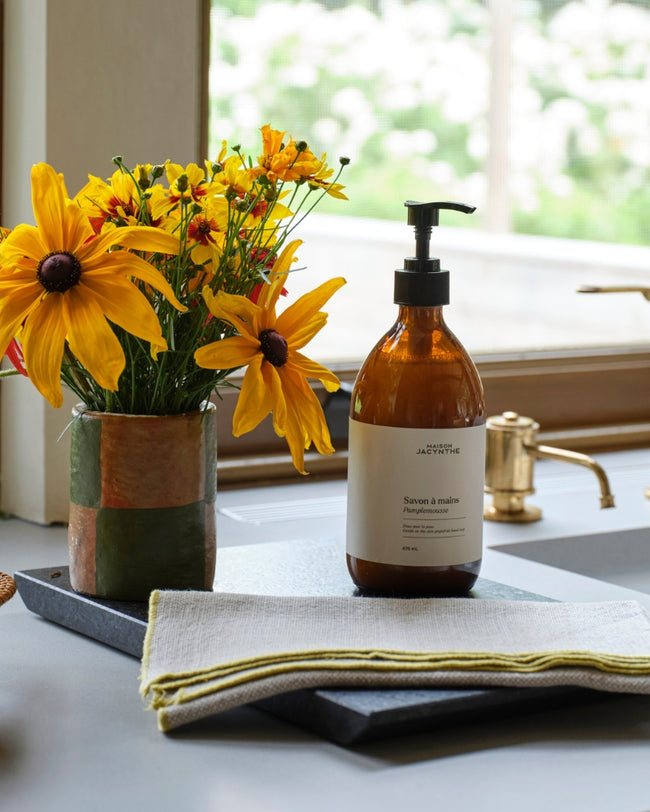

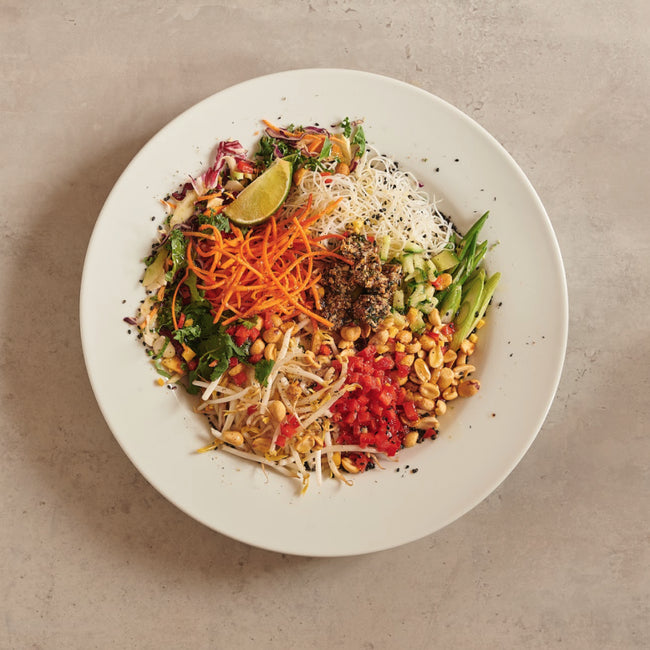

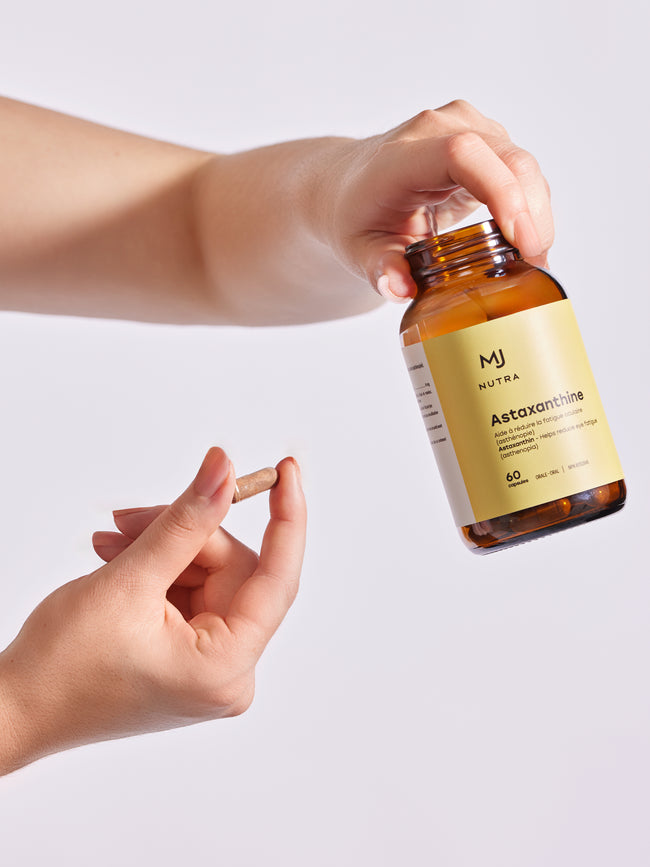

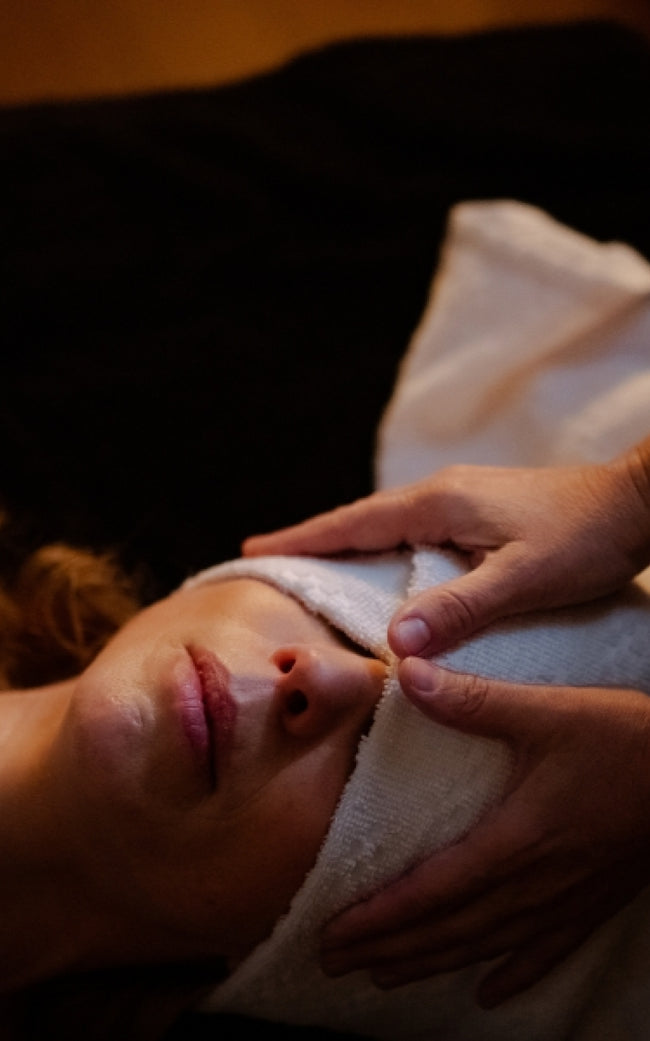



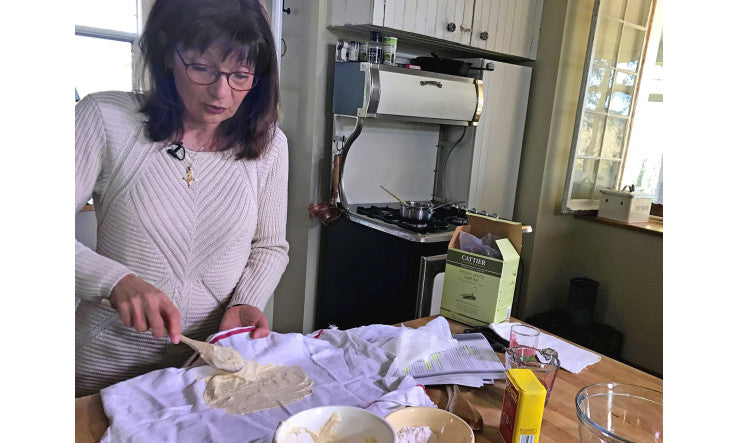





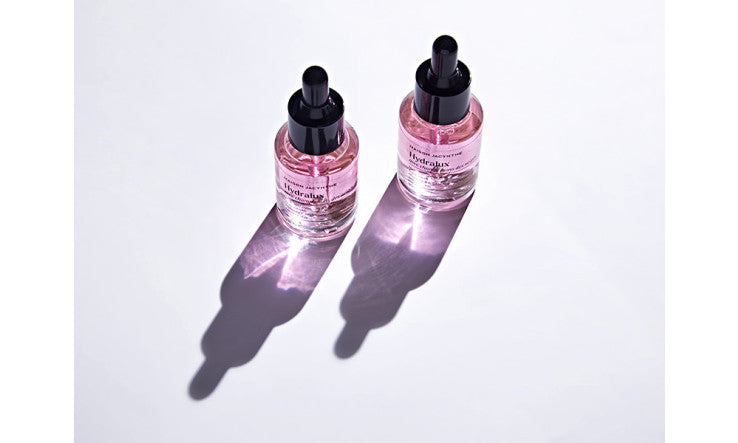











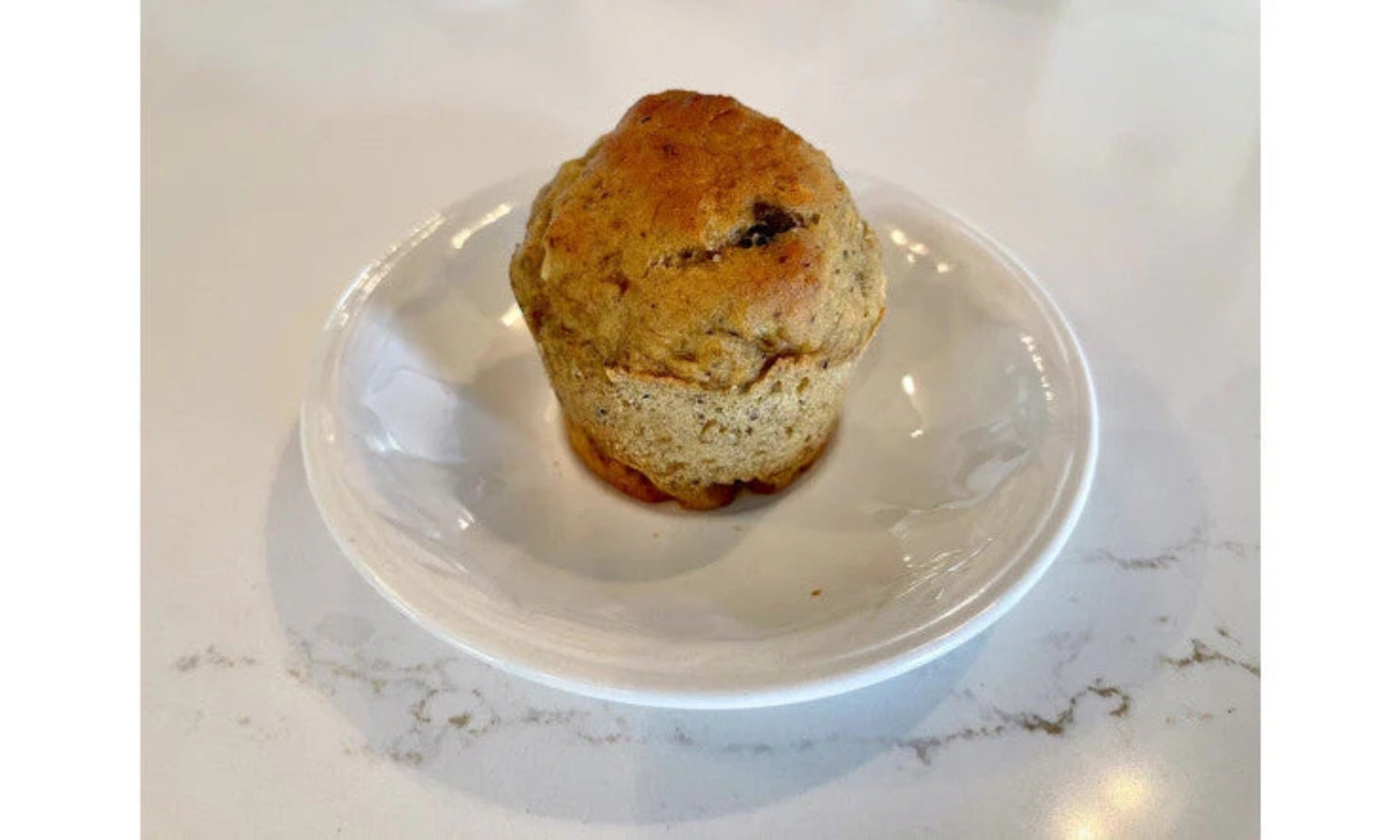
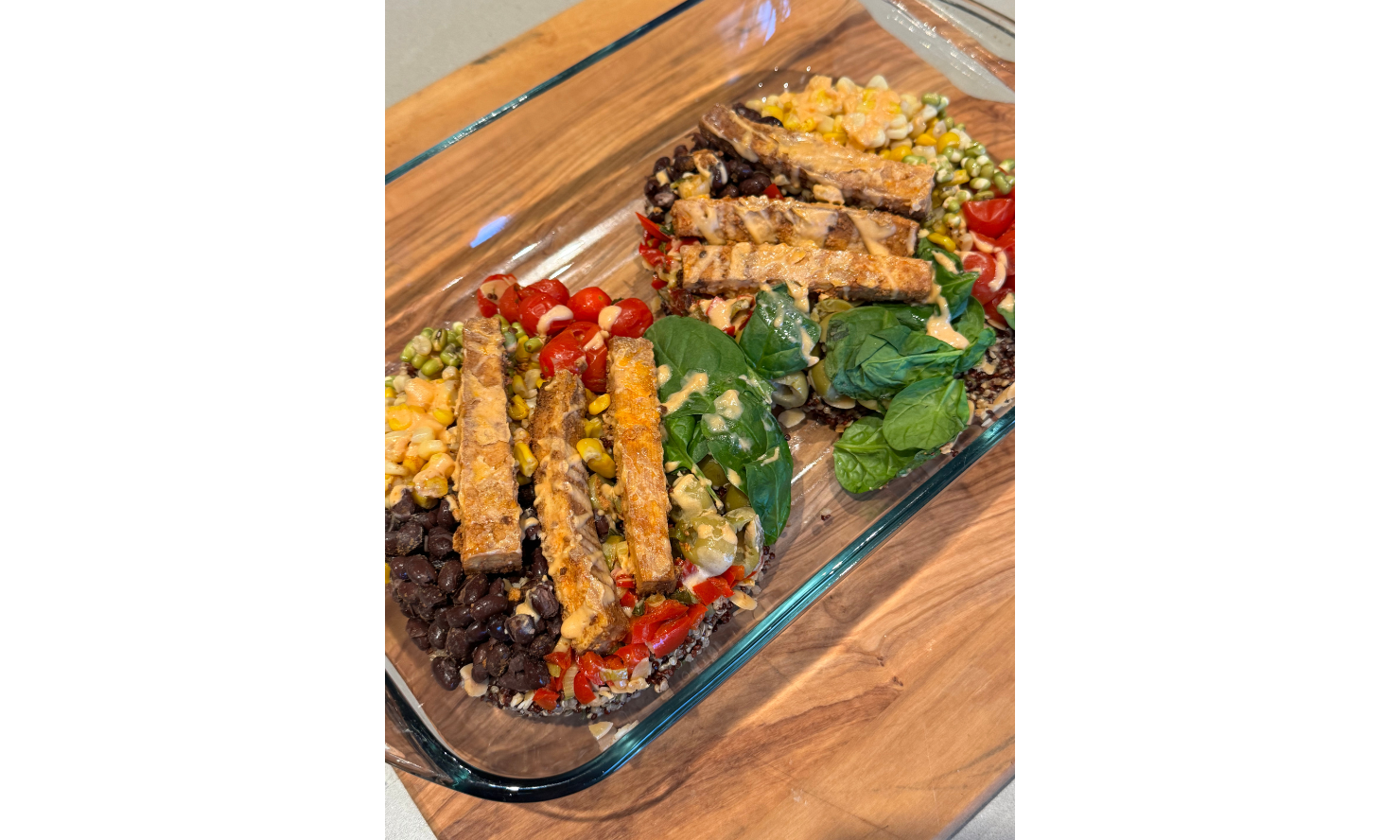
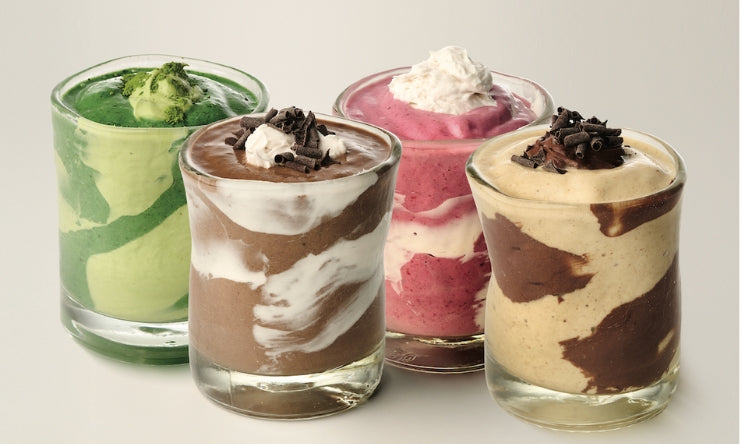
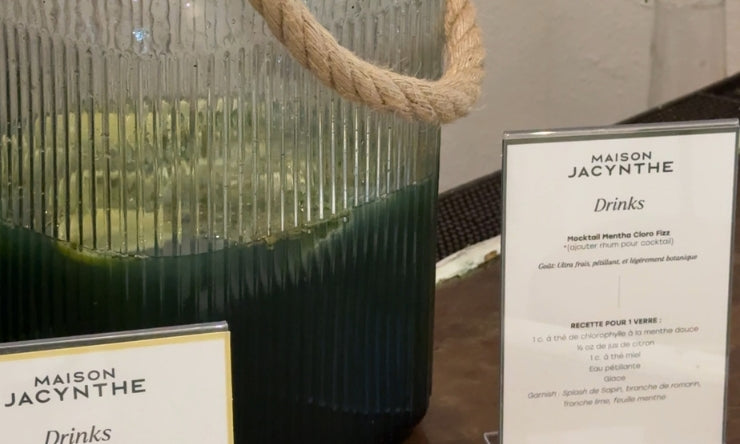



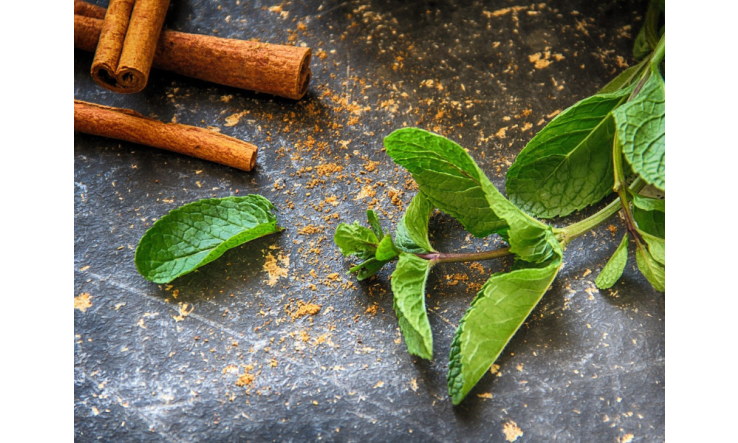




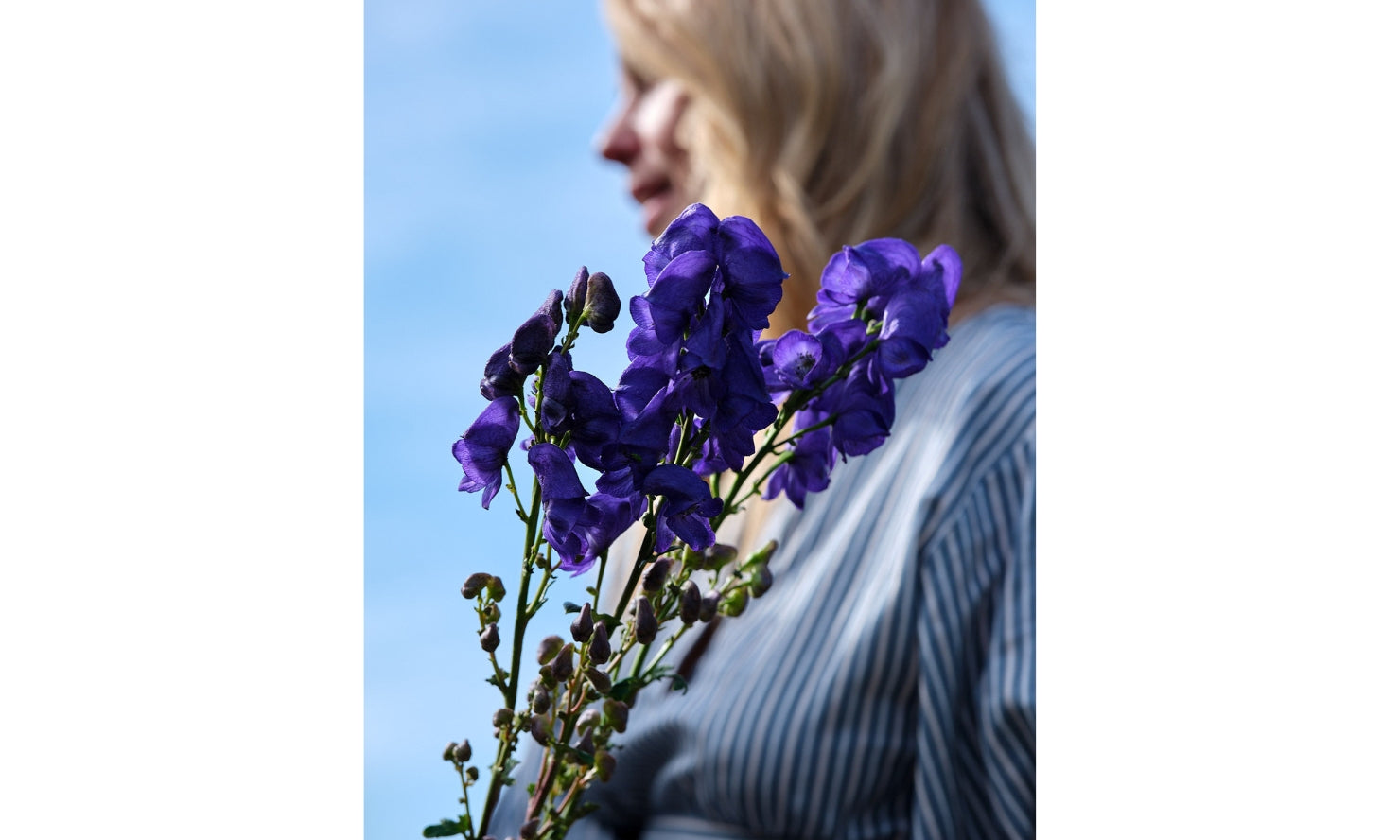


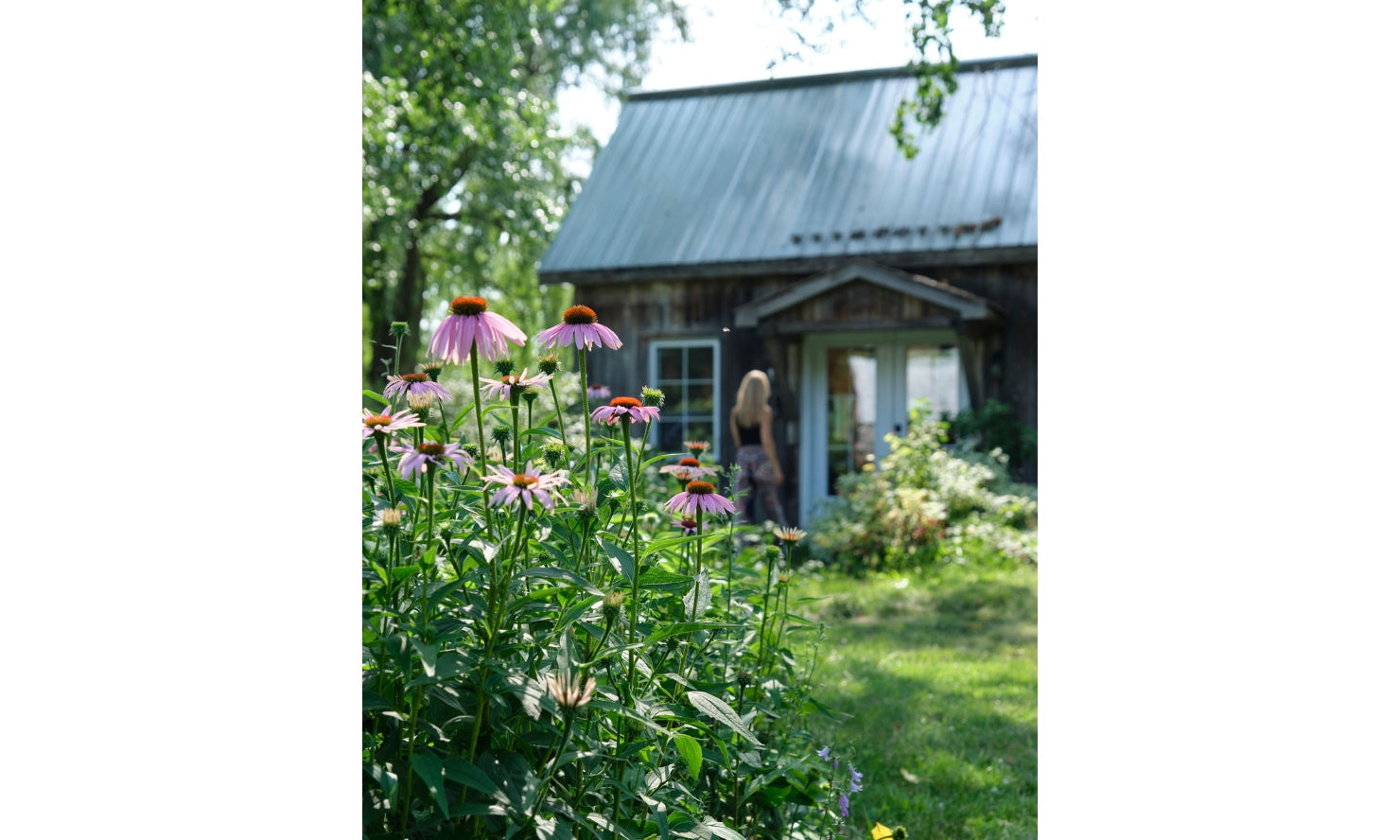











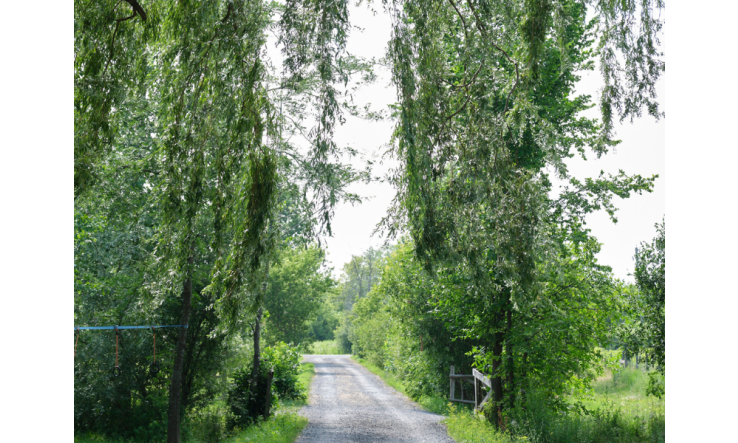




Leave a comment